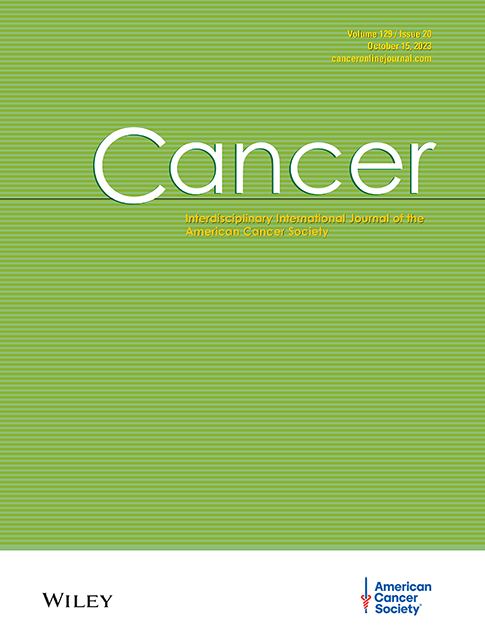
Zoledronic acid given upfront maintains BMD in postmenopausal breast cancer patients

Zoledronic acid given upfront maintains BMD in postmenopausal breast cancer patients
Final 5-year results of Z-FAST trial: adjuvant zoledronic acid maintains bone mass in postmenopausal breast cancer patients receiving letrozole
Cancer. 2012 Mar 1;118(5):1192-201. doi: 10.1002/cncr.26313. Epub 2011 Oct 10Did you know you're eligible to earn 0.5 CME credits for reading this report? Click Here
OE EXCLUSIVE
Dr. Adam M. Brufsky discusses the use of adjuvant zoledronic acid to maintain bone mass in postmenopausal breast cancer patients.
Synopsis
602 postmenopausal women receiving adjuvant letrozole were randomized either to upfront zoledronic acid or delayed-start zoledronic acid to determine which method minimizes bone-loss. At 5 years follow-up, upfront zoledronic acid was better at maintaining bone mineral density (BMD) in postmenopausal breast cancer patients than the delayed start technique.
To view the full content, login to your account,
or start your 30-day FREE Trial today.
FREE TRIAL
LOGIN
Forgot Password?
Explore some of our unlocked ACE Reports below!

Learn about our AI Driven
High Impact Search Feature
Our AI driven High Impact metric calculates the impact an article will have by considering both the publishing journal and the content of the article itself. Built using the latest advances in natural language processing, OE High Impact predicts an article’s future number of citations better than impact factor alone.
Continue



 LOGIN
LOGIN

Join the Conversation
Please Login or Join to leave comments.